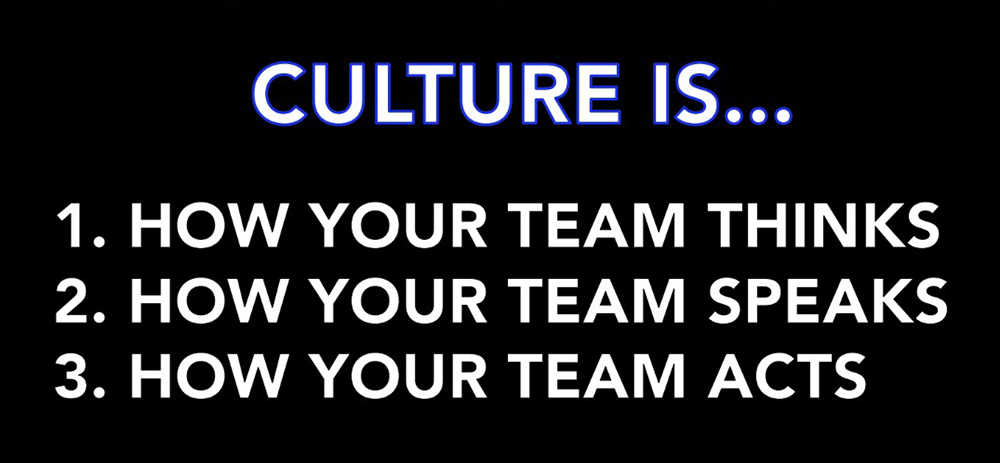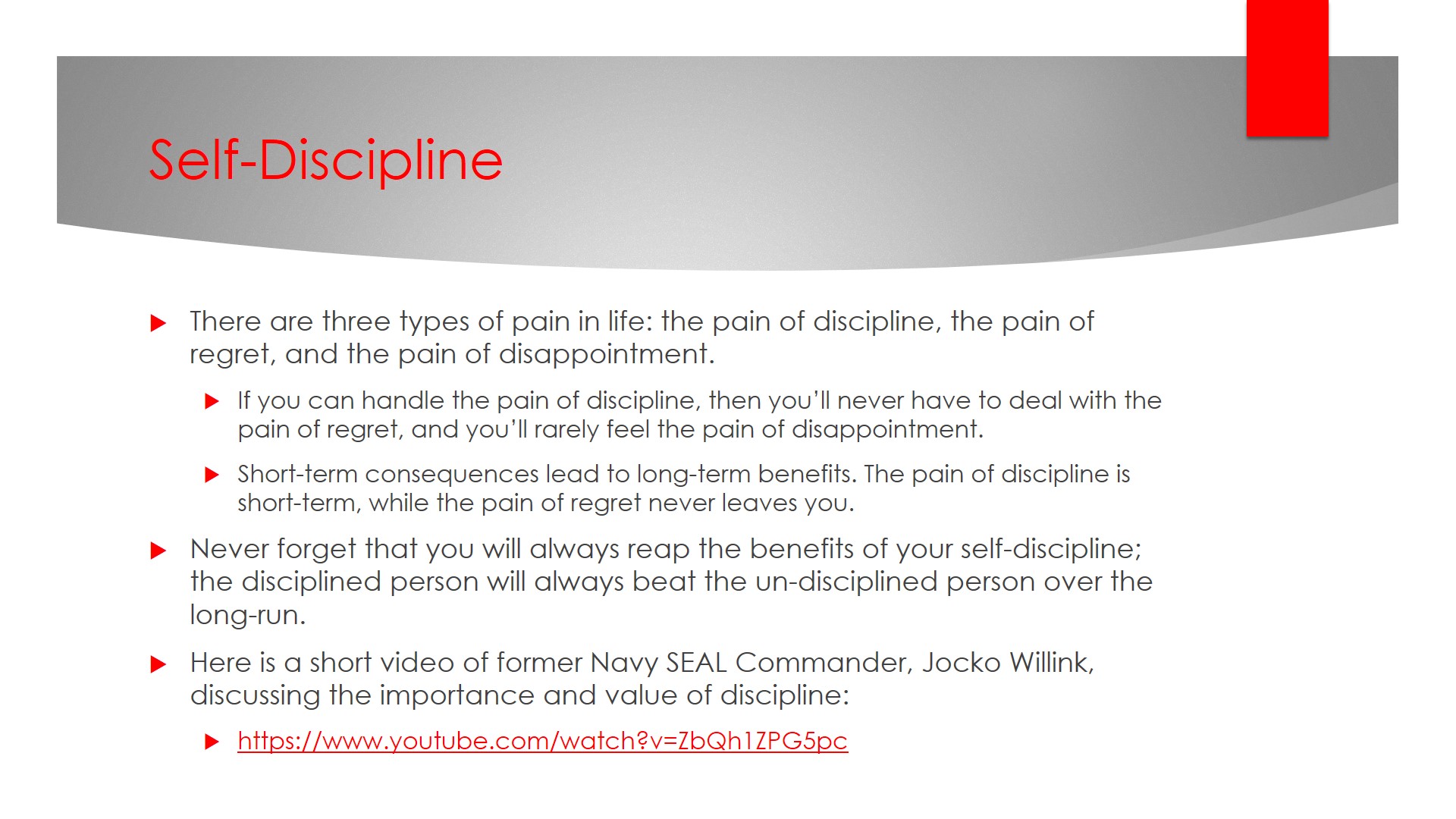Changing lives: Developing a culture of excellence

By Taylor Kolste
In 1980, the defensive coordinator of a Texas high school came across a Harvard study that concluded that 85 percent of our success is determined by attitude, while only 15 percent is determined by aptitude. This coach realized that his team was spending 0 percent of their time on developing players’ attitudes.
After that, he decided coaches would spend time each offseason sitting their players down in a classroom to teach them different lessons that were designed to shape their attitudes. In 1982, two years after they started the tradition, this high school went to the state semifinals. In 1983, the team won the state championship, and in 1984, D.W. Rutledge was named the head coach of Judson High School.
Rutledge went on to coach Judson for 16 seasons, reaching the playoffs each year and winning three state championships while maintaining an 84.6 winning percentage. More important to Rutledge than all of the wins, he had improved the lives of more than 2,000 kids who he coached off the field as well. You can read about that in a book by his son, Clint, “The Classroom: The Secret Behind a Texas High School Football Dynasty.”
Coaches can develop successful young people by focusing on a culture of excellence within their teams.
There are two principle strategies for creating a culture of excellence:
- Teaching and developing a mindset in players that lends itself to success
- Embodying that mindset and setting the standard as the leader.
Doing these things will result in more wins – but as a byproduct of developing successful people first.
More than a catch phrase
Culture is a popular buzzword that we sometimes use without clearly defining it. I like to discuss culture as outlined by Randy Jackson, the head coach at North Forney High School in Texas.
Jackson wrote the book, “Culture Defeats Strategy,” in which he defines culture as how your team thinks, speaks and acts.
The definition of culture is simple, but notice what is No. 1 on Jackson’s list: how your team thinks.
As Jon Gordon has said: “Expectations and beliefs drive behavior, behavior drives habits, and habits create the future.”
Alabama coach Nick Saban has frequently said, “The real key to winning is all about mindset.”
A person’s mindset or mentality drives everything. The definition is simple, but the concept is key.
So, why do coaches devote little to no time developing their players’ mindset?
Throughout the years, championship teams have shown that culture defeats strategy. One team could have the best strength and conditioning program in the country, but if its culture is lackluster and the players do not train in the offseason, the results will be poor as well.
A team with a poor strength and conditioning program but with a great culture where players are wanting to train to be their best each day can end up with better results than the team with superior strategy but inferior culture.
As Jackson says above, the first aspect of culture that drives everything is how your team thinks. This is why taking players out of the weight room, film room and off the field periodically to place them in a classroom can paradoxically lead to more wins on the field.
Teach first, winning second
When Bill Walsh got to San Francisco, he wasn’t focused first on winning games but instead on teaching “each person in the organization what to do and how to think.” This focus ended up resulting in Lombardi Trophies as the byproduct.
Hall of Fame basketball coach John Wooden won 10 national championships in 12 seasons at UCLA. Wooden was known to be an average coach when it came to Xs and Os, but he developed a championship-level culture, mainly through teaching his definition of success and his pyramid of success. Through this, Wooden was training his players how to think, leading to unrivaled success on the court.
But Wooden was not just training his players for basketball. He was training them for life.
In Viktor Frankl’s book “Man’s Search for Meaning,” he wrote that a person can bear any “how” if there is a big enough “why.”
Coaching can be a hard profession that requires long hours and hard work with no guarantee of success. Coaches need a bigger “why” than just winning games in order to sustain success over a long period of time.
Sabin’s vision for the Alabama football program – its “why” – is to “create an atmosphere and environment where players have a better chance to be successful in life because they were involved in the program. In Saban’s view, players are making a “40-year decision” rather than a “four-year one” when deciding where to attend college. This is because a great coach, such as Saban, doesn’t only teach players how to win games for four years. Coaches teach them how to win at life.
Teaching people how to be successful at life requires teaching them how to think. Vince Lombardi once said, “The spirit, the will to win and the will to excel are the things that endure. These qualities are so much more important than the events that occur.”
Success in anything requires a lot of the same underlying mental traits. Successful people may do different things, but they are similar in their mindset and the mentality they take to their work.
Wooden defined success as “peace of mind, which is a direct result of self-satisfaction in knowing you made the effort to do your best to become the best that you are capable of becoming.”
Based on this definition, anyone can achieve success in anything they do by making the effort to be the best they are capable of becoming. If players can develop the mindset of a champion, they can apply it to anything they do in life long after they leave the field.
Some coaches may believe in the importance of mindset but erroneously think players either have a winner’s mind or they don’t. These coaches conclude that spending time on developing players’ mindset is a waste of time.
Kids believe what you tell them
Research discussed by Stanford professor Carol Dweck in her book, “Mindset: The New Psychology of Success,” shows the opposite to be true. Dweck hypothesizes that there are two types of people in the world: those with a growth mindset and those with a fixed mindset. Those with a growth mindset believe their abilities are cultivated through their actions, and those with a fixed mindset believe that their abilities are fixed at birth.
One of the experiments Dweck conducted that confirmed her hypothesis involved studying 400 fifth-graders who first took an easy IQ test. After they took the test, the researchers told half of the students that they “must have worked really hard,” while the other half were told that “they must be smart.” After their praise from the researchers, these students were given another test that would be much more difficult and was designed to make them fail. After the second test, they were given a third test that was appropriately designed for their grade level.
The students who had been praised for their intelligence ended up doing 20 percent worse on this third test after failing the second test, while the students who had been praised for their effort did 30 percent better after failing the second test. This research illustrates a couple of points:
- Students were able to be placed in a certain mindset through their teacher’s interactions with them.
- The student’s mindset had a huge impact on their success.
Dweck’s research shows that a person’s mindset is not some predetermined thing that cannot be trained, and coaches can help train their players how to think.
The results shown by Rutldege’s and Wooden’s teams have shown the important of their players’ mindset and how they think can be trained. Some coaches have refused to believe this – if only so may have an excuse to fall back on. If a coach fails to successfully help players develop a championship mentality, he or she can always blame the players’ effort.
In Jocko Willink and Leif Babin’s book, “Extreme Ownership,” the authors wrote a chapter titled No Bad Teams, Only Bad Leaders. In this chapter, Babin states that “Most people … want to be part of a winning team … yet, they often don’t know how.”
Coaches who take on this mentality believe they can help players develop a championship-level mentality. As a result, coaches can take ownership of the situation and eliminate possible excuses. This allows them to begin to teach their players the championship mindset that will lead to wins on the field and in life.
Set the standard at the top
Research has shown that one of the top ways to learn is through modeling. The leader serves as the model and sets the example for everyone else in the organization. For example, if a leader is teaching the principles of “Extreme Ownership” (essentially means to own everything and take responsibility for anything that goes wrong in the organization) but is constantly blaming everyone else for the team’s failures, the rest of the organization will follow suit and will develop a culture of blame. A leader whose teachings are not in alignment with his or her actions cannot command the respect of their team and their teachings will be rendered ineffective.
Walsh, in his book, “The Score Takes Care of Itself”, states that “Great teams in business, in sports or elsewhere have a conscience. At its best, an organization — your team — bespeaks values and a way of doing things that emanate from a source; that source is you — the leader.”
Walsh had his standards of performance for the organization, which were how people in the organization should think and act, but Walsh realized that in order to implement these standards, he must have his own standards that serve as the gold standard for everyone else.
In Jim Collins’ book, “Good to Great,” Collins and his research team studied great leaders and found that they shared a lot of the same traits. Collins and his team coined the term “Level 5 Leadership” to summarize these traits. They concluded that truly great, or Level 5, leaders were hard-working and selfless and inspired others through personal standards to which they held themselves accountable rather than through charisma.
So, if a coach wants to develop a culture of excellence and start teaching young people how to be successful, they must first start by improving themselves. This tweet from Coach Randy Jackson sums it up well:
Develop your “why”
Coaches who are working to develop successful young people will have a big enough “why” that will prevent burnout and give purpose/meaning to their work. In order to teach players how to win at life, coaches must teach them how to think and help them to develop a championship-level mentality. In order for their teachings to be effective, leaders must set the standards themselves and serve as the benchmark for their players to aspire to. Doing this requires leaders to work hard and be selfless.
Remember, people with a big enough “why” can handle any “how.”
Teaching players how to think and working to improve yourself as the leader will help develop a culture of excellence – with the byproduct of more wins on the field.
For my position group, I created my own pyramid of success, which serves as a road map to success in any endeavor of life.
For each of the blocks of the pyramid, there is one lesson that I distribute to the players after each practice. Ideally, you would have time to sit the players down in a classroom and discuss it. For coaches who don’t have that kind of small group time, talk after practice to preview the upcoming lesson, then email it to them that night. Here is an example of one lesson:








